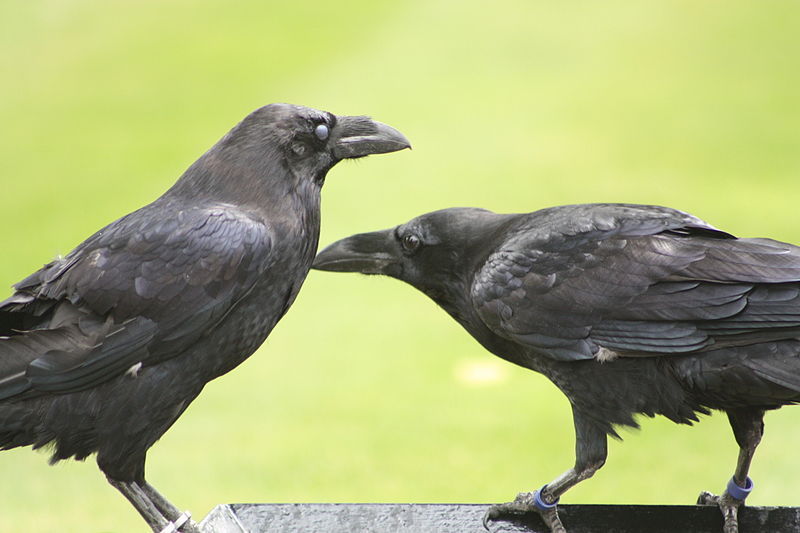In 2009, Gordon Hempton published “One Square Inch of Silence,” detailing his quest for an area on Earth undisturbed by human noise.
He failed.
Now Bernie Krause has written an even sadder book, “The Great Animal Orchestra; Finding the Origins of Music in the World’s Wild Places” (Little, Brown and Company, 2012). Sad because the places where one can hear the “biosymphony” are contracting even faster than Hempton’s square inch.
As pianist Jeremy Denk, who reviewed the work for The New York Times, pointed out, “a vast orchestra is in the process of being silenced, perhaps even more endangered than our human animal orchestra.”
Case in point: The Portland Ovations season, where classical music used to predominate, now includes three such events out of 24 for 2012-13. To its credit, it includes many performers of ethnic music, but still
Krause is a man after my own heart. Not only does he include all animal music makers from insects to whales, he also allows plenty of room for the idea that creatures other than man may produce musical sounds for the sheer delight of doing so.
And he maintains that a strong and harmonious symphony of animal sounds is an indicator of environmental health and that its absence is a symptom of disease, even when an ecosystem may appear otherwise unspoiled.
Animal musicians also play instruments. Woodpeckers favor CMP transformers, while a flicker makes a tremendous din on a metal pasture gate just for the heck of it.
A friend remarked the other night, as we were having martinis by the fountain, that the deafening chorus of peepers and tree toads was evidence of a healthy environment. I wish I could believe him.
We don’t use herbicides or pesticides, our lawn is what grows after mowing the weeds, and our land has a good mix of old forest, hayfields and brush jungles for habitat, but the dawn bird chorus seems sadly diminished.
There are a few old standbys: Chickadees, bluejays, pileated woodpeckers, robins, phoebes, ravens and crows, the occasional warbler and Maryland Yellowthroat. I haven’t heard a hermit thrush in ages, and the total volume of sound is in a rapid diminuendo.
The perennial optimists at the Audubon Society may call it rash extrapolation from personal experience. I think the diminuendo is a symptom of the latest great extinction now being caused by human activity.
Olivier Messaien, who thought of the birds as angel musicians and used contemporary musical forms to imitate their songs, was also a Democrat, treating crows and nightingales with equal reverence.
Perhaps that’s the way to think of the absent hermit thrush — that a seagull or a robin is equally a miracle.
There are two nests of ravens within a hundred yards of our house, and they have evolved a musical language of their own, including standard signal calls, strange bell-like sounds and hollow plops, plus imitations of every sound they hear, from a rooster to a barking dog.
In their intelligence, social structure and adaptability, they seem a good choice to inhabit an Earth made unfit for humans. They also have a sense of humor.
All they need is an opposable thumb.
Christopher Hyde is a writer and musician who lives in Pownal. He can be reached at:
classbeat@netscape.net
Send questions/comments to the editors.



Success. Please wait for the page to reload. If the page does not reload within 5 seconds, please refresh the page.
Enter your email and password to access comments.
Hi, to comment on stories you must . This profile is in addition to your subscription and website login.
Already have a commenting profile? .
Invalid username/password.
Please check your email to confirm and complete your registration.
Only subscribers are eligible to post comments. Please subscribe or login first for digital access. Here’s why.
Use the form below to reset your password. When you've submitted your account email, we will send an email with a reset code.